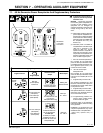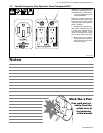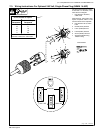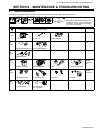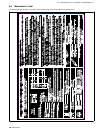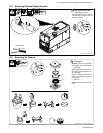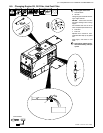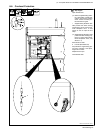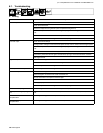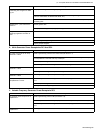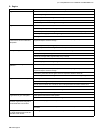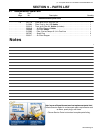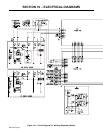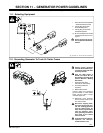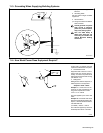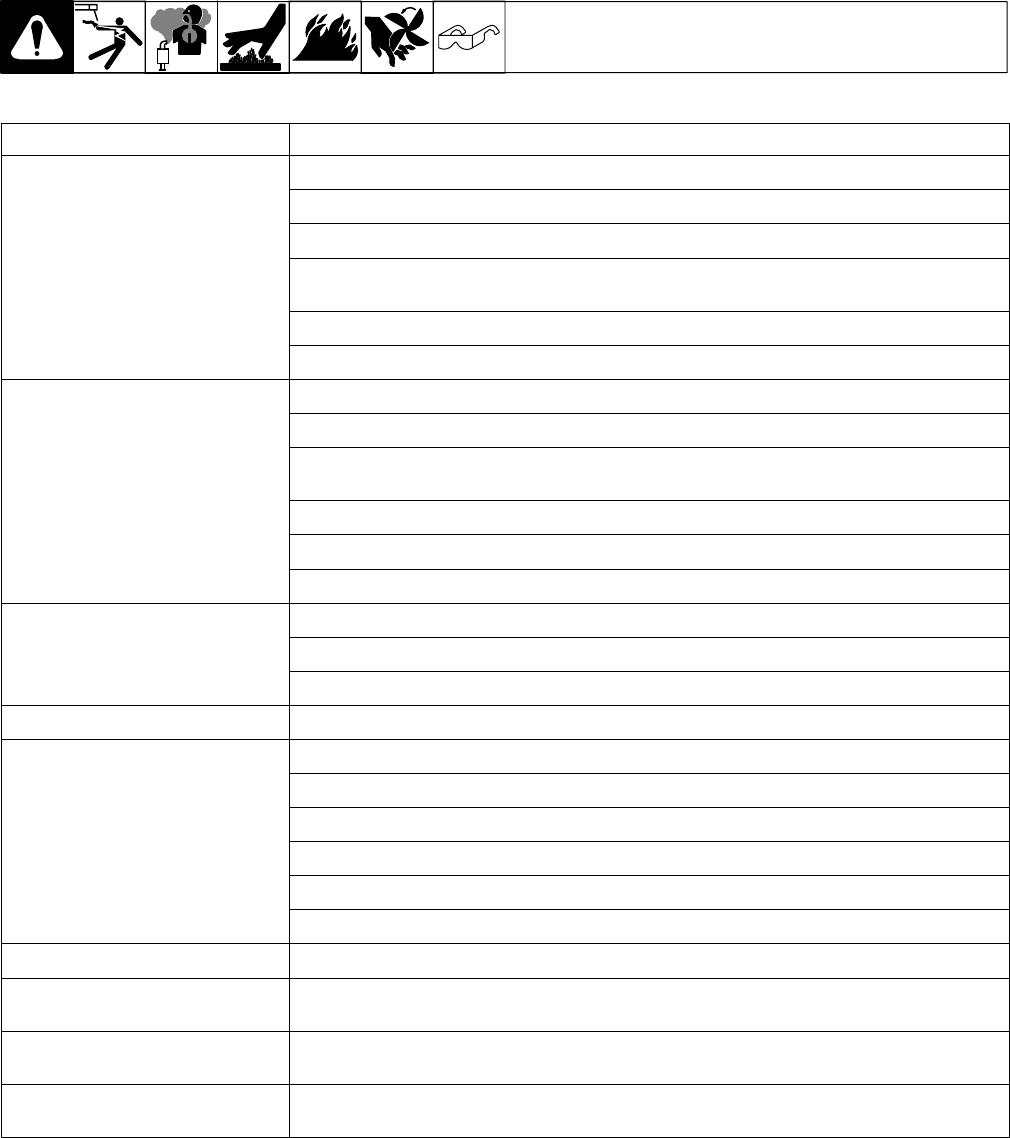
. A complete Parts List is available at www.MillerWelds.com
OM-4430 Page 38
8-7. Troubleshooting
A. Welding
Trouble Remedy
No weld output. Check weld control settings.
Check weld connections.
Disconnect equipment from generator power receptacles during start-up.
Increase front panel and/or remote control voltage/amperage control setting (see Sections 6-1 and
6-8).
Check and secure connections to Remote receptacle RC4 (see Sections 5-7).
Have Factory Authorized Service Agent check brushes, slip rings, and circuit boards PC1 and PC2.
Low weld output. Check weld control settings.
Change position of Engine Control switch and Speed Control switch to achieve desired engine speed.
Increase front panel and/or remote control voltage/amperage control setting (see Sections 6-1 and
6-8).
Check and clean air cleaner as necessary (see Section 8-4).
Have Factory Authorized Service Agent check brushes, slip rings, and circuit boards PC1 and PC2.
See engine manual.
High weld output. Check control settings.
Check for obstructed movement of solenoid linkage.
Have Factory Authorized Service Agent check circuit boards PC1 and PC2.
Weld output cannot be adjusted. Have Factory Authorized Service Agent check field current control board PC2.
Erratic weld output. Check control settings.
Clean and tighten connections both inside and outside unit.
Be sure connection to work piece is clean and tight.
Remove excessive coils from weld cables.
Use dry, properly stored electrodes.
Have Factory Authorized Service Agent check brushes, slip rings, and circuit boards PC1 and PC2.
No remote fine amperage control. Check and tighten connections to Remote receptacle RC4 (see Section 5-7).
No front panel voltage/amperage con-
trol.
Disconnect remote control from Remote Receptacle RC4 if not needed for weld process (see Section
6-8).
No 24 volt ac output at Remote
receptacle RC4.
Reset supplementary protector CB4 (see Section 8-6).
No 115 volt ac output at Remote
receptacle RC4.
Reset supplementary protector CB3 (see Section 7-2).



